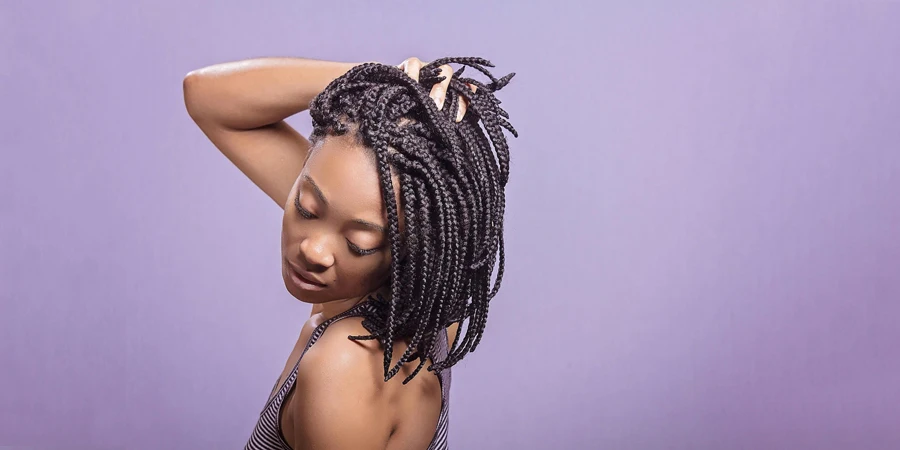The choice between synthetic and human hair for braiding isn’t just about price – it’s an investment in your style, comfort, and versatility. As the braiding hair market continues to evolve, understanding what sets premium human hair apart has become crucial for both consumers and professionals. This comprehensive guide cuts through the marketing hype to deliver practical insights on selecting, purchasing, and maintaining human braiding hair. Whether you’re a first-time buyer or looking to upgrade your current choice, we’ll explore what truly matters in achieving those head-turning results.
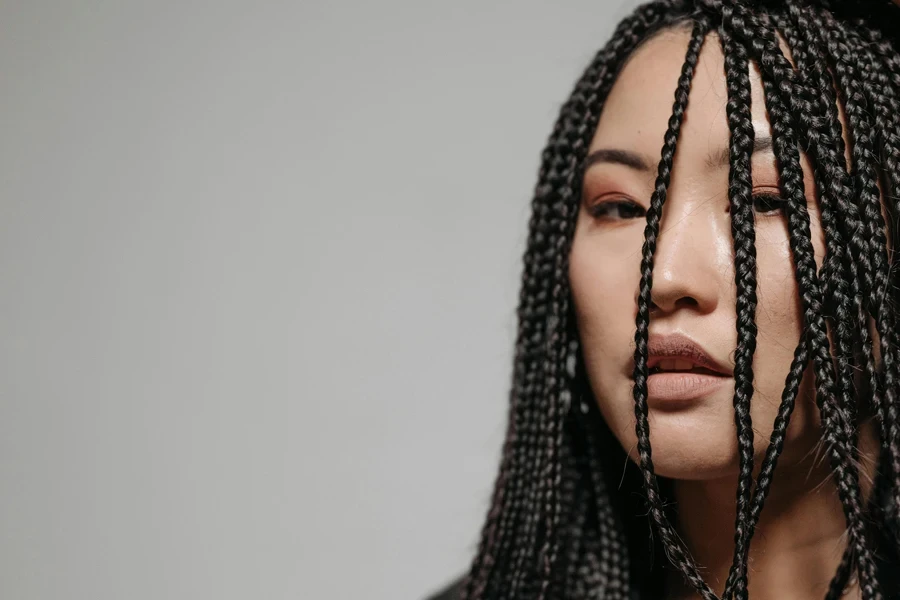
Table of Contents
● Why human hair revolutionizes braiding
● Breaking down hair types and qualities
● Essential factors for selecting braiding hair
● Smart shopping strategies and red flags
● Conclusion
Why human hair revolutionizes braiding
The shift towards human hair in braiding represents more than just a trend – it’s a fundamental upgrade in both appearance and functionality. Unlike synthetic alternatives, human hair offers unmatched natural movement and versatility that creates seamless integration with your own hair.
Natural advantages: Premium human hair stands out through its ability to withstand heat styling, making it adaptable for various styling techniques. The natural protein structure allows for better moisture retention and longevity, with quality pieces lasting up to 12 months with proper care – significantly longer than synthetic options that typically show wear after just a few weeks.
Market evolution:The human hair braiding sector has evolved significantly, driven by increasing demand for quality and authenticity. Key market indicators show a strong preference for virgin and Remy hair options, particularly among consumers seeking long-term value. While the initial investment might be higher, the extended lifespan and styling versatility offer superior cost-effectiveness over time.
Performance benefits
- Enhanced durability and reusability
- Natural sheen and movement
- Superior blending with natural hair
- Heat styling capability up to 450°F
- Reduced tangling and matting
- Better color retention and processing options
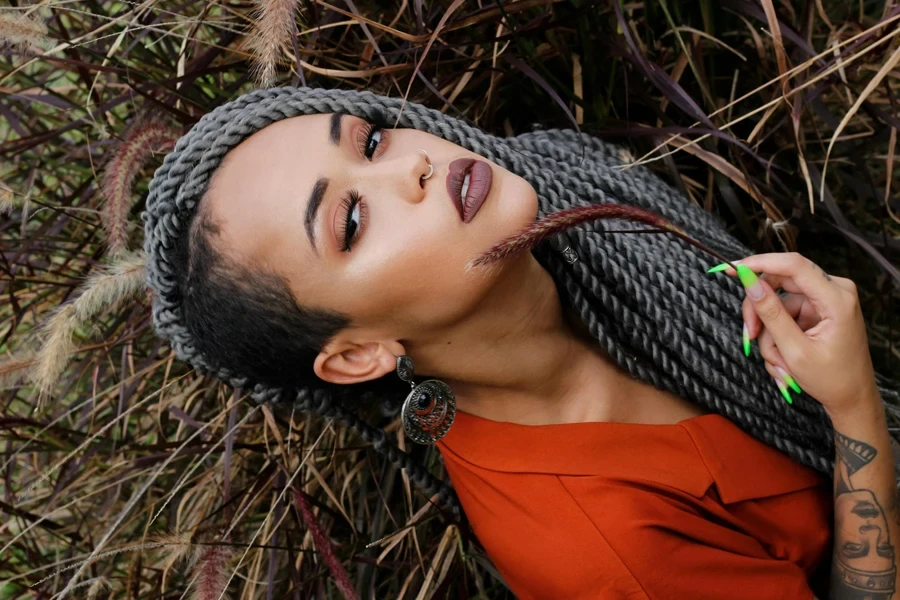
Breaking down hair types and qualities
Understanding the distinctions between different human hair types is crucial for making an informed purchase. Each variety offers unique characteristics that cater to specific styling needs and preferences.
Premium hair classifications:
Remy hair: The gold standard in human hair extensions, Remy hair maintains aligned cuticles in one direction, significantly reducing tangling and matting. This meticulous processing ensures superior manageability and a natural flow that mimics your own hair growth pattern. The preserved cuticle structure results in enhanced shine and longer-lasting braids.
Virgin hair: Completely unprocessed and chemical-free, virgin hair represents the purest form available in the market. It retains all natural properties, including:
- Original cuticle alignment
- Natural color variations
- Authentic texture patterns
- Maximum styling versatility
Drawing distinctions:
Single drawn vs. double drawn
- Single drawn: Contains varying lengths, creating a natural tapered appearance. Ideal for styles requiring a more graduated look.
- Double drawn: Features uniform lengths throughout, providing fuller, more consistent volume from root to tip. Preferred for styles demanding thickness consistency.
Origin-based varieties:
Different hair origins offer distinct characteristics:
- Brazilian: Dense, versatile texture that blends well with multiple hair types
- Peruvian: Lighter weight with natural luster, suitable for finer hair textures
- Indian: Known for thickness and excellent curl pattern retention
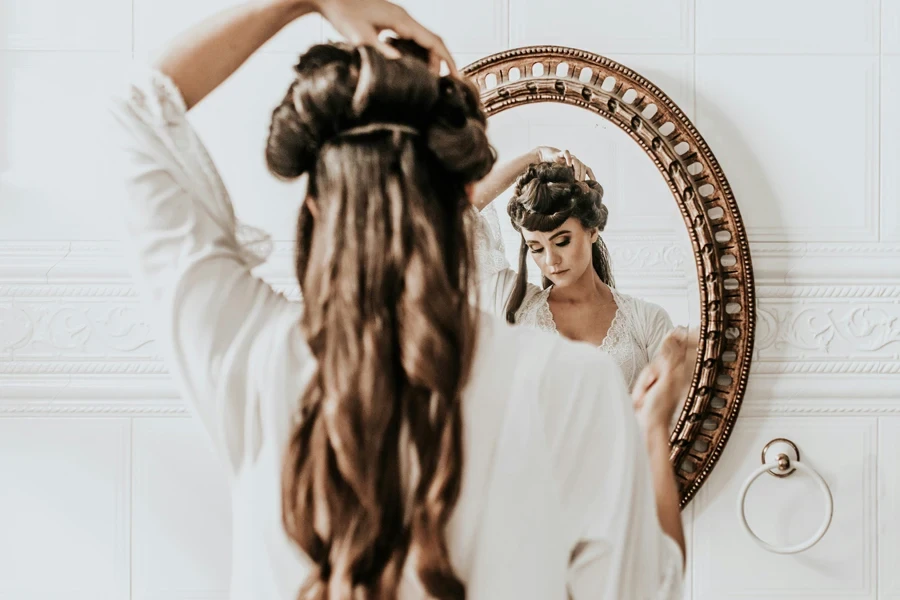
Essential factors for selecting braiding hair
Making an informed choice in human braiding hair requires careful consideration of several key factors that directly impact your styling success and overall satisfaction.
What makes quality human hair stand out
The most crucial factor is selecting hair that closely matches your natural texture. This texture matching ensures seamless blending with your natural hair while reducing stress on your strands. When the textures align perfectly, you’ll achieve more natural-looking results and find styling significantly easier. Beyond texture, examine the hair’s surface for consistent smoothness and natural luster without excessive shine, which often indicates artificial coating.
Understanding density and pack requirements
Understanding hair density helps determine the amount needed for your desired style. Fine natural hair requires lighter weight extensions to prevent unnecessary tension, while thicker natural hair can support denser extensions comfortably. A standard installation typically requires 2-3 packs for full coverage, though fuller styles may need 4-5 packs. The key is finding the right balance between achieving your desired fullness and maintaining scalp comfort.
How to choose the perfect length
When selecting length, consider how it will integrate with your lifestyle. Factor in your natural hair length, desired style, and daily activities. Longer lengths require more maintenance time and expertise in styling. Additionally, consider your scalp’s tolerance for tension, as longer lengths can create more pull on your natural hair. The sweet spot often lies in choosing a length that offers versatility while remaining manageable for your skill level and maintenance routine.
Pre-purchase quality assessment
Quality human hair should pass several essential tests before purchase. Run your fingers through the hair to check for smooth movement without snags or tangles. The hair should have minimal shedding when gently pulled and absolutely no chemical or artificial smell. Look for consistency in texture throughout the bundle and even color distribution from root to tip. These indicators help ensure you’re investing in genuine, high-quality human hair.
Finding your perfect color match
Choosing the right color involves more than matching your current shade. Consider your natural hair undertones and how they’ll blend with the extension color. Think about your desired final look and how different lighting might affect the overall appearance. Remember that natural hair can appear slightly different in various seasons, so factor in potential changes. If you plan to color the hair later, ensure it’s virgin or minimally processed to accept dye effectively.
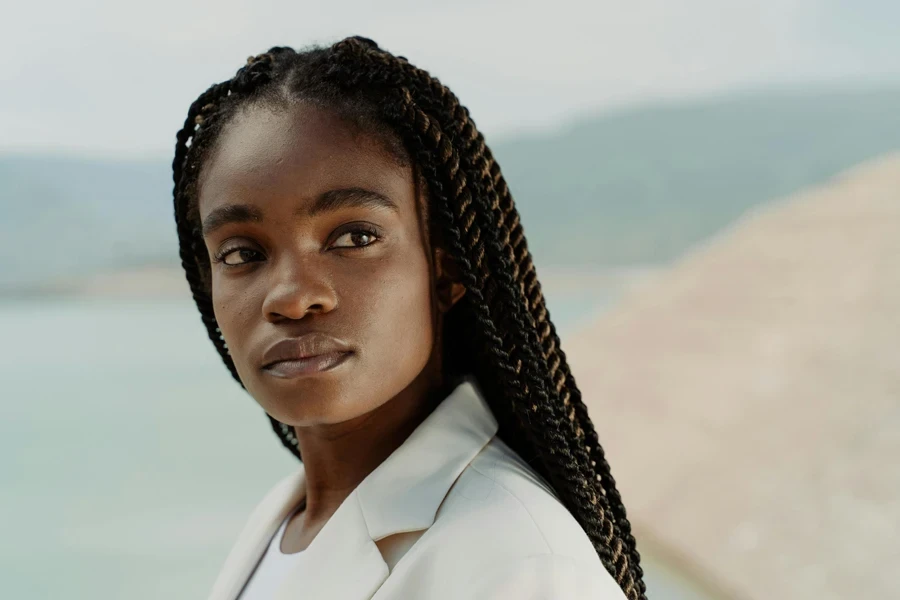
Smart shopping strategies and red flags
Navigating the human hair market requires both knowledge and strategy to ensure you receive authentic products worth your investment.
Where to source quality human hair
The source of your human hair significantly impacts its quality and longevity. Established retailers with transparent sourcing practices and quality control measures typically offer more reliable products. While online marketplaces provide convenience, working with verified vendors who specialize in human hair products often yields better results. Consider retailers who offer detailed product specifications and maintain consistent quality standards across their inventory.
Understanding pricing structures
Premium human hair typically commands higher prices due to its sourcing and processing methods. Current market prices range from $100 to $300 per bundle for genuine virgin hair, depending on length and quality. When prices fall significantly below this range, it should raise concerns about authenticity. Remember that extremely low prices often indicate mixed or processed hair being marketed as virgin human hair.
Warning signs to watch for
Identifying red flags early can save you from costly mistakes. Unusually glossy or perfectly straight hair often indicates chemical processing, even when labeled as virgin hair. Be wary of vendors who cannot provide clear information about their sourcing methods or those who make unrealistic claims about hair longevity. Synthetic mix indicators include unnatural shine, plastic-like texture, and resistance to heat styling.
How to verify authenticity
The burn test remains a reliable method for determining authenticity – genuine human hair burns slowly and produces white ash, while synthetic hair melts and creates black smoke. Additionally, examine the hair’s cuticle direction under strong light; authentic human hair should show consistent cuticle alignment. Watch for uniform texture throughout the bundle, as mixed hair types often show inconsistencies in wave patterns or texture.
Making informed purchasing decisions
Consider requesting samples before making large purchases, particularly when working with new vendors. Document your transactions and maintain clear communication about product specifications. Reputable sellers typically offer quality guarantees and clear return policies. Building a relationship with trusted suppliers can lead to better pricing and consistent quality over time.

Conclusion
Investing in quality human braiding hair opens up a world of styling possibilities, but success lies in making informed choices and maintaining proper care routines. From understanding the distinct qualities of virgin and Remy hair to mastering installation and maintenance techniques, each aspect plays a crucial role in achieving professional-looking results. Remember that the initial investment in premium human hair pays off through extended wear time, styling versatility, and natural-looking results. Whether you’re a first-time buyer or a seasoned braiding enthusiast, focusing on quality indicators, proper installation, and consistent maintenance will help you achieve and maintain beautiful, long-lasting braided styles. Take time to research vendors, verify authenticity, and develop a maintenance routine that works for your lifestyle – your hair journey deserves nothing less than the best.
